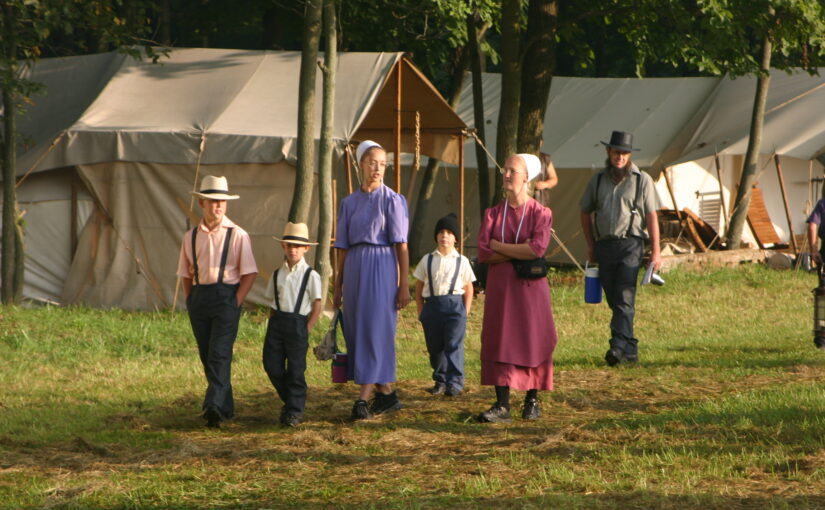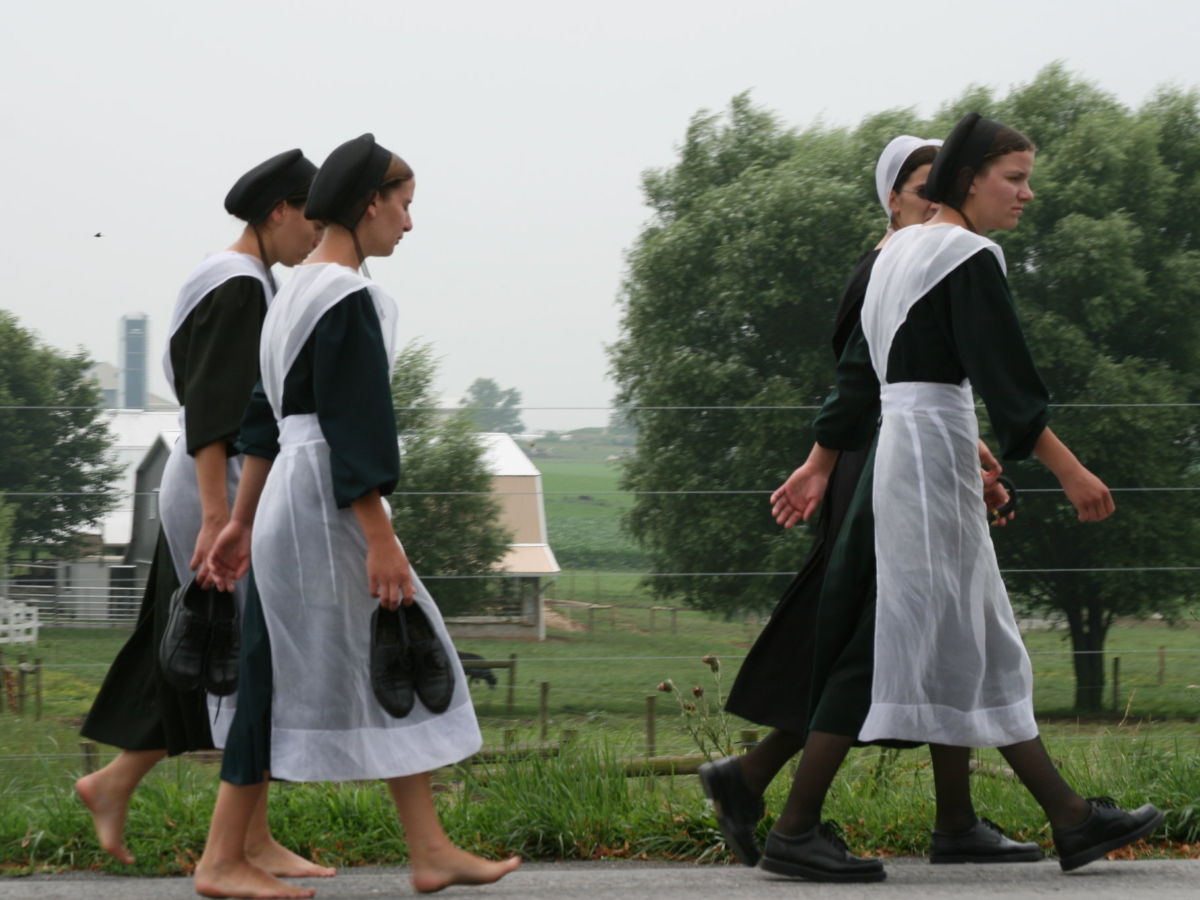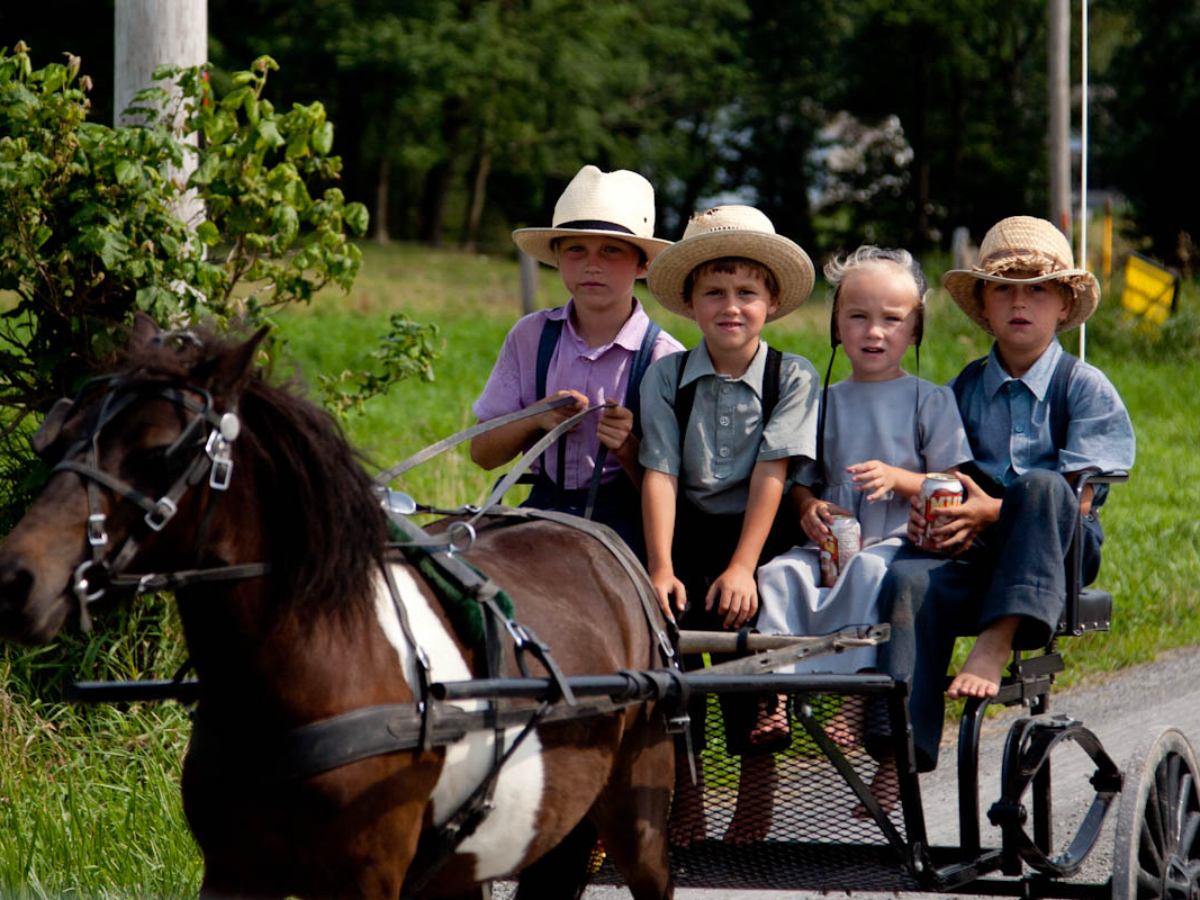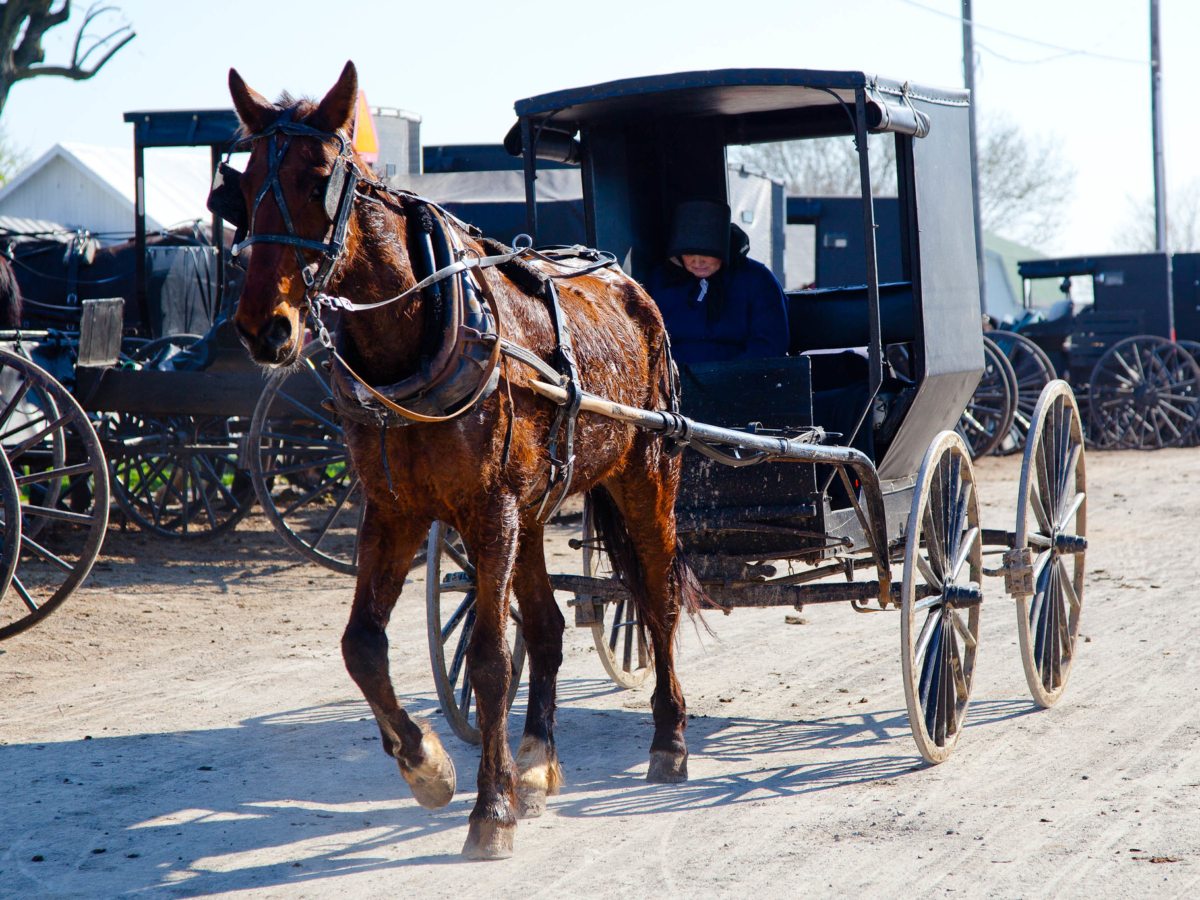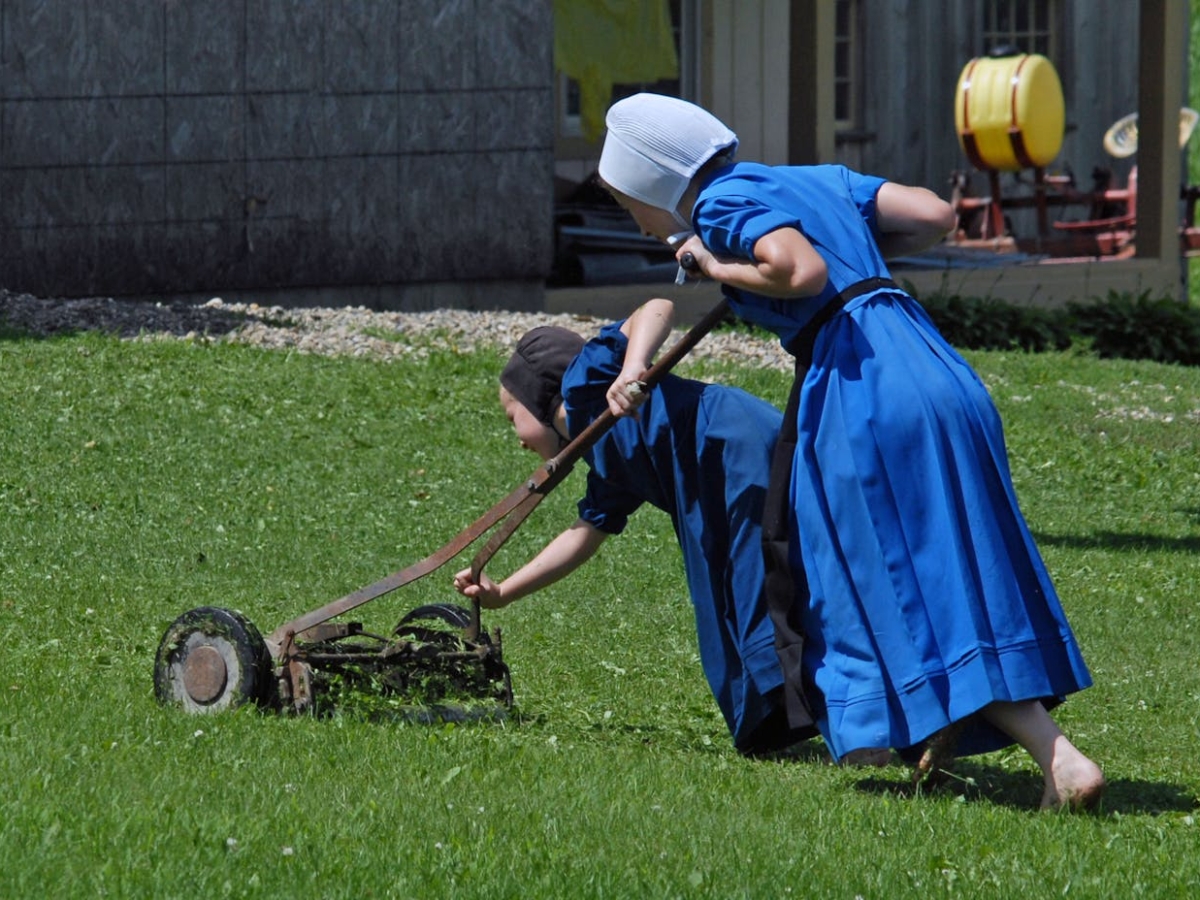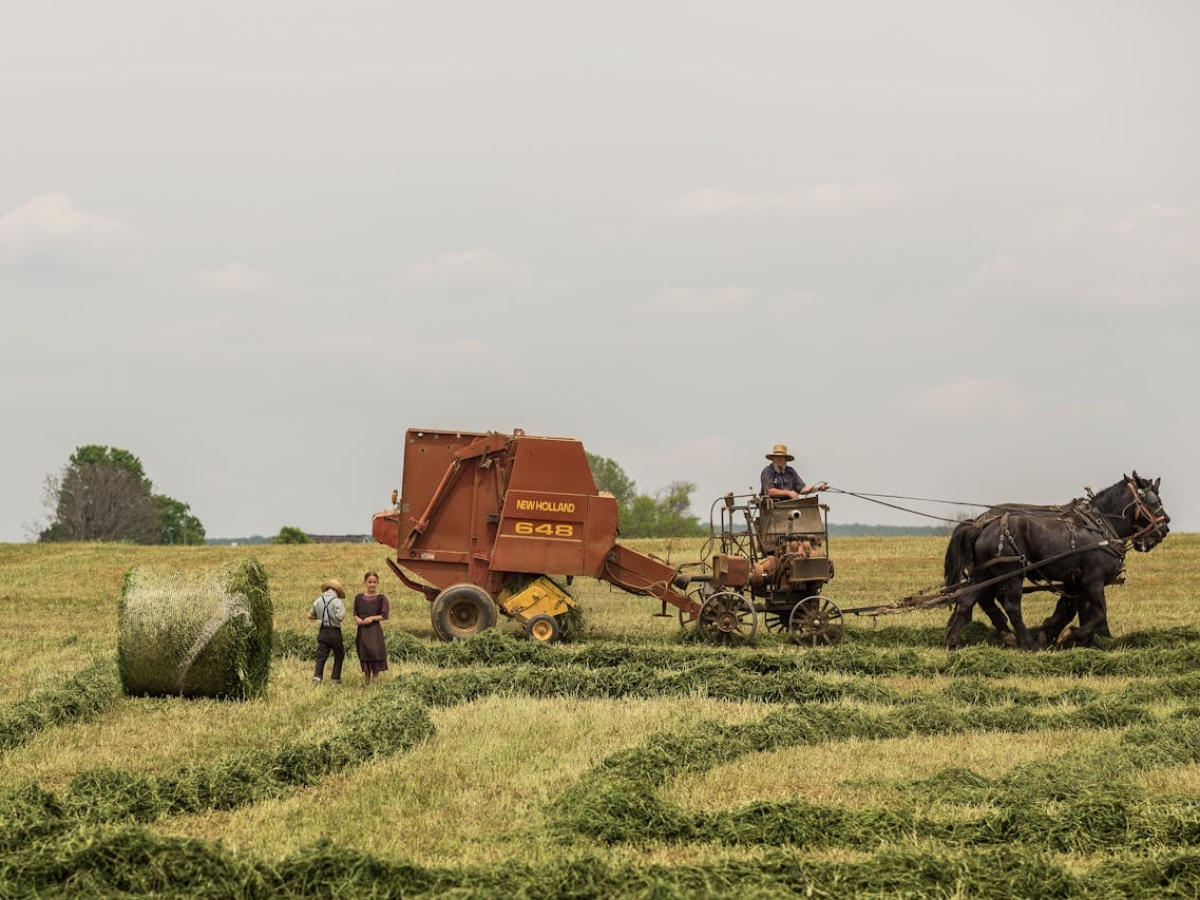Roots in Reformation and the Anabaptist Movement
The story of the Amish begins amid the turmoil of the Protestant Reformation in sixteenth-century Europe. The Anabaptist movement, which took shape in Switzerland in 1525, became known for its radical stance, most notably the belief that baptism should be reserved for adults who made a conscious decision of faith. This went directly against established Catholic and Reformed practice, leading to severe persecution of Anabaptists throughout Europe. Thousands were executed or forced into hiding, yet the movement endured and evolved.
Jacob Ammann, a Swiss Anabaptist preacher in the late seventeenth century, pushed for stricter observance of New Testament teachings, advocating for plain dress, the washing of feet as part of communion, and the practice of shunning those who left the faith. Ammann’s reforms caused a split with other Anabaptists, particularly the Mennonites, and his followers would become known as the Amish, a distinct community rooted in their commitment to a devout and separate way of life.
Continued persecution and the promise of religious freedom drew many Amish and other Anabaptists away from Europe. Pennsylvania, founded in the late seventeenth century as a haven for religious minorities, became the heartland for Amish immigrants throughout the eighteenth and nineteenth centuries. By the 1750s, several hundred Amish families had established themselves in Pennsylvania, and later waves spread the faith to Ohio, Indiana, Illinois, and into Canada.
The Core of Amish Belief and Values
Central to the Amish worldview is their unwavering commitment to faith, humility, and simplicity. The Ordnung, an unwritten code unique to each community, guides every aspect of life, from dress and occupational choices to the use of technology and modes of transport. Adherence to the Ordnung is an expression of Gelassenheit, a spirit of submission to God, community, and tradition.
Pacifism lies at the ethical foundation of Amish life. Deriving authority from Jesus’s teachings, Amish people reject violence, warfare, and even angry confrontation, choosing instead to turn the other cheek and maintain peace with their neighbors. Their faith is lived quietly. Worship occurs every other Sunday in homes or barns and features sermons, Bible readings, hymn singing, and communal prayer. Decisions are made as a group, ensuring unity and consensus.
The family stands as the primary social unit, with emphasis placed on large, closely knit households. Children are seen as blessings and are actively involved in family and community labor from a young age, learning responsibility, self-restraint, and cooperation.
Customs, Appearance, and Language
Daily life among the Amish is steeped in tradition. Clothing is simple and functional, with dark dresses, aprons, and bonnets for women, while men wear hats, vests, and unadorned trousers. Married men let their beards grow as a visible sign of their family status, and women keep their hair long and covered in public. This plainness is more than custom; it is a tangible expression of humility before God and the rejection of vanity.
Language is another pillar of the Amish identity. While English is used in dealings with outsiders and in some business contexts, Pennsylvania Dutch (a German dialect) is the language of home and community, and High German remains the language of worship. This connection to their linguistic and cultural heritage has persisted for generations, even as the original European homelands faded to memory.
Education and the Amish Work Ethic
Education among the Amish typically ends after eighth grade. Schools are small, one-room affairs run by the community, focusing on practical skills, reading, writing, arithmetic, and the essentials of Amish faith and tradition. This model reinforces communal values and prepares youth for the life expected of them: one rooted in agriculture, craftsmanship, and service.
The Amish approach to work is characterized by diligence, resourcefulness, and cooperation. Agriculture remains the backbone of many communities. Fields are tilled by horse-drawn plows, and barns are raised by neighbors in acts of collective labor. Women manage households and gardens, preserving food and caring for children. While economic pressures have led some into carpentry, construction, and entrepreneurship, farming, and frugal self-reliance are hallmarks of the Amish ideal.
Old Traditions and New Compromises
While the Amish are known for shunning modern conveniences, their relationship to the outside world is more nuanced than many assume. The Ordnung is not uniform, since each church district sets its own standards, which can differ from neighboring communities. For example, some groups permit bicycles, while others only allow kick scooters. In some areas, telephones may be installed only in communal locations, and the use of electricity or motorized equipment may be allowed in a business but forbidden at home.
Adaptations are sometimes made for practical reasons. Many Amish entrepreneurs use modern power tools and computers in their businesses, taking advantage of technology while keeping it at a distance from private life. Compromises also arise in healthcare, travel, and communication when necessitated by health, safety, or commerce.
Youth, Rumspringa, and the Challenge of Choice
Perhaps the most intriguing rite of passage in Amish life is Rumspringa, a period during adolescence when young people are granted more freedom to explore the world beyond their community. Unbaptized youth are not yet bound to the church, so they may experiment with clothing, technology, and social life common among non-Amish peers. Ultimately, most return, choosing baptism and fully committing to the demands of the Ordnung. Those who join and then leave risk shunning and social exclusion, yet the process is a conscious exercise of free will, reflecting the Anabaptist principle that faith must be chosen, not inherited.
Gender Roles and Community Structure
Gender roles within Amish society tend toward traditionalism, yet beneath the surface lies a complex dynamic. Men generally take responsibility for providing for families and making decisions in church matters, while women manage the home and children. However, both men and women participate in the economic life of the community, and mutual respect is emphasized. Inter-generational ties are strong, and elders play respected roles in family life, offering guidance and wisdom.
Beyond the United States: The Amish Diaspora
While the largest Amish populations exist in the United States, particularly in Pennsylvania, Ohio, and Indiana, there are also communities in Canada and small settlements in South America. Their origins can be traced to the same waves of migration from Germany and Switzerland, with Pennsylvania serving as the historic entry point.
In Europe, Amish settlements gradually disappeared or merged with Mennonite communities by the early twentieth century. Today, the Amish remain primarily a North American phenomenon, yet their story is inextricably linked to the global currents of religious dissent and migration.
Lessons and Lasting Fascination
There are many lessons to be drawn from the Amish experience. Their dedication to community, stewardship of land, and willingness to help neighbors in times of need stand as reminders of values often neglected in an era of individualism. Amish indifference to material status, their slow pace of life, and the prioritization of human relationships offer a counter-narrative to consumer culture. The value placed on self-restraint, forgiveness, and gracious acceptance of difference are qualities many find both admirable and challenging.
The durability of Amish culture, in the face of modernity, invites reflection. Outsiders are often fascinated by how a people can simultaneously preserve centuries-old ways and adapt selectively to new realities. The Ordnung, always evolving yet deeply anchored, allows for both continuity and change.
Enduring Appeal
Why does Amish culture continue to captivate those beyond its borders? Partly, it is the quiet dignity of a people who strive to live their beliefs consistently. There is also curiosity evoked by their visible distinctiveness, such as the buggies on rural roads, the plain dress, and the unhurried tempo. But at its heart, the fascination lies in the possibility that another way of living is possible, one where meaning is found less in things and more in faith, community, and the land. This, perhaps, is the enduring gift of the Amish story.
Images: Amish kids in buggy by Alvin Trusty, An Amish family on a Morning Stroll by johnny_appleseed1774, Amish Drive by, Lancaster County, PA by Ted Knudsen, Amish on a field in Lancaster, PA, USA by Vladimir Kudinov, Amish children mowing by Bruce Squiers, Amish Woman in Buggy by Alvin Trusty, Amish woman by Chris F.
